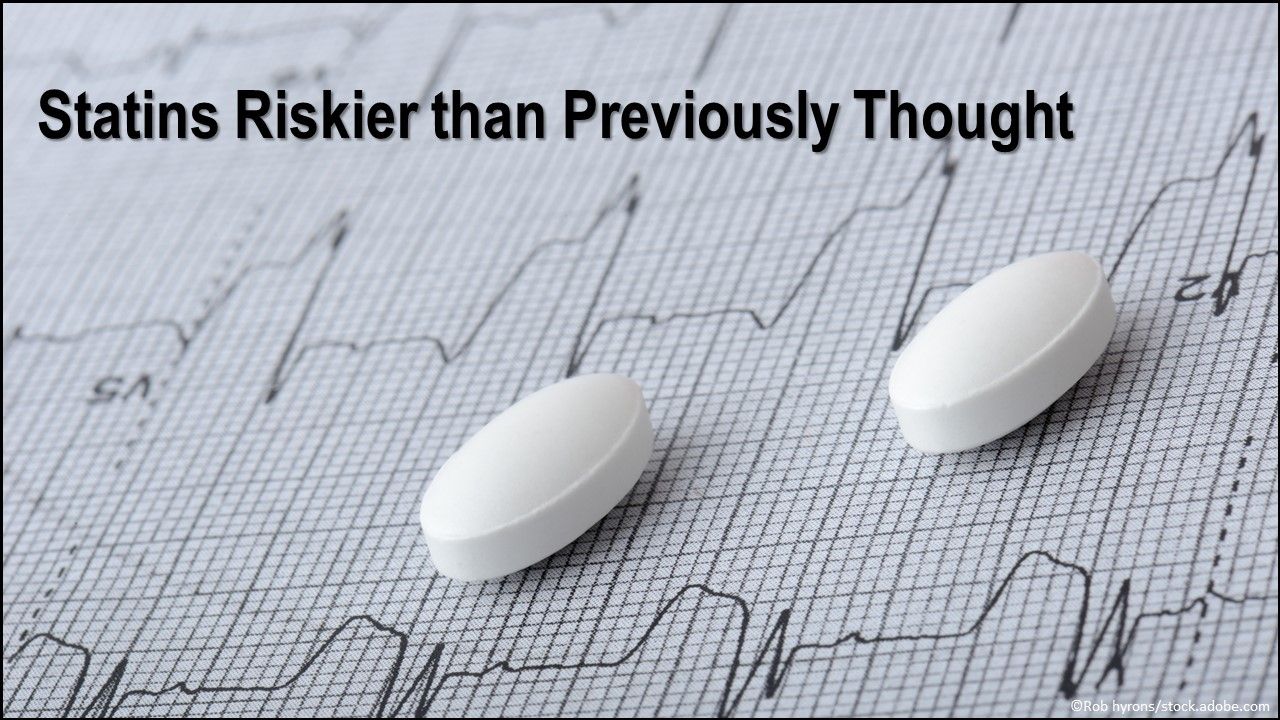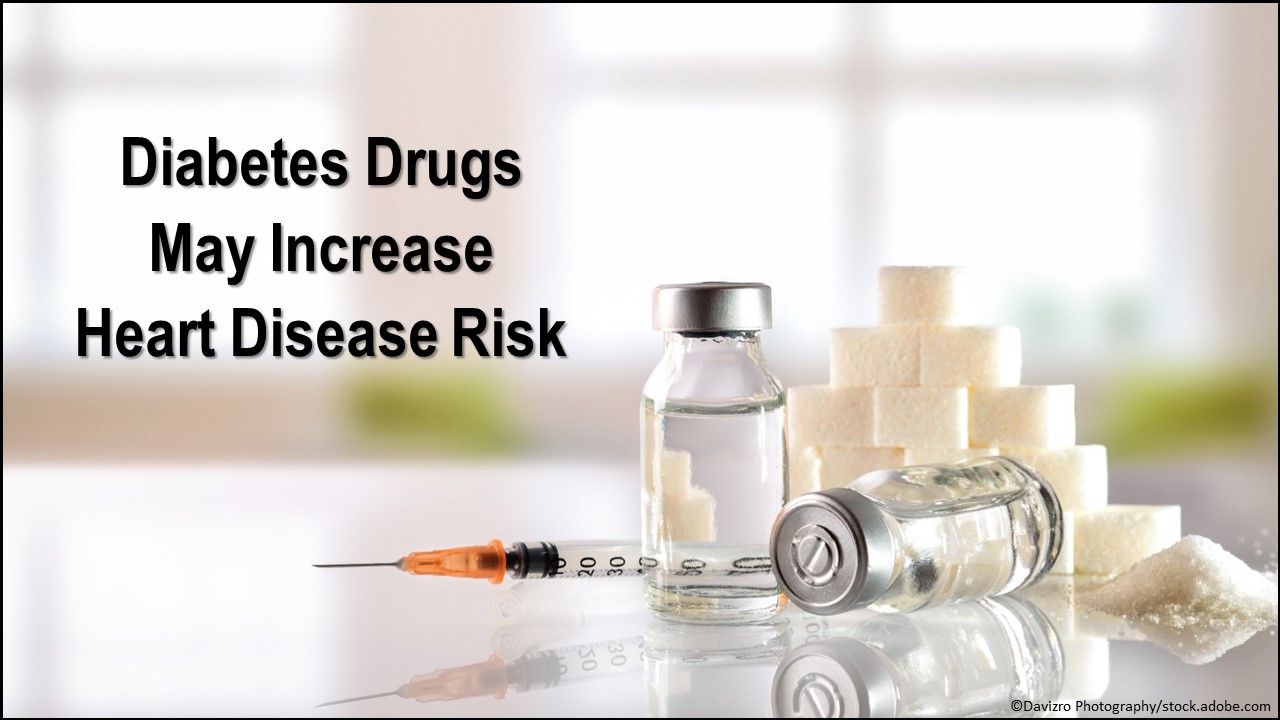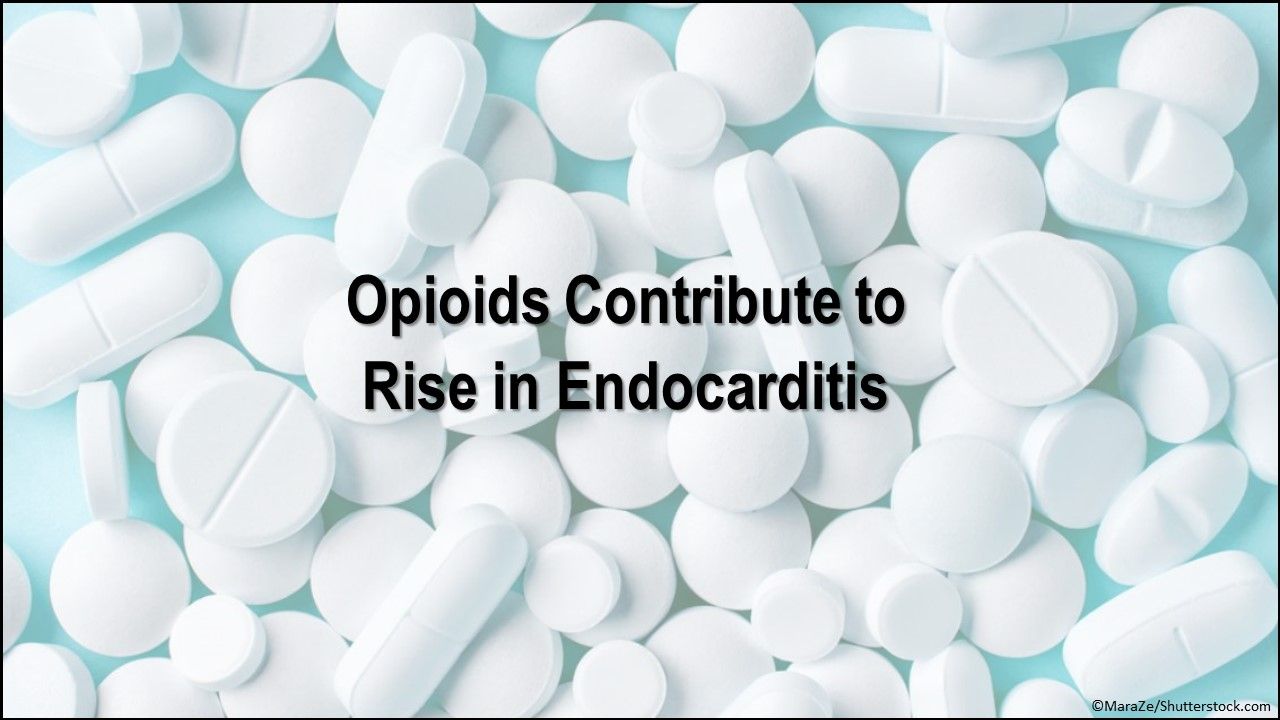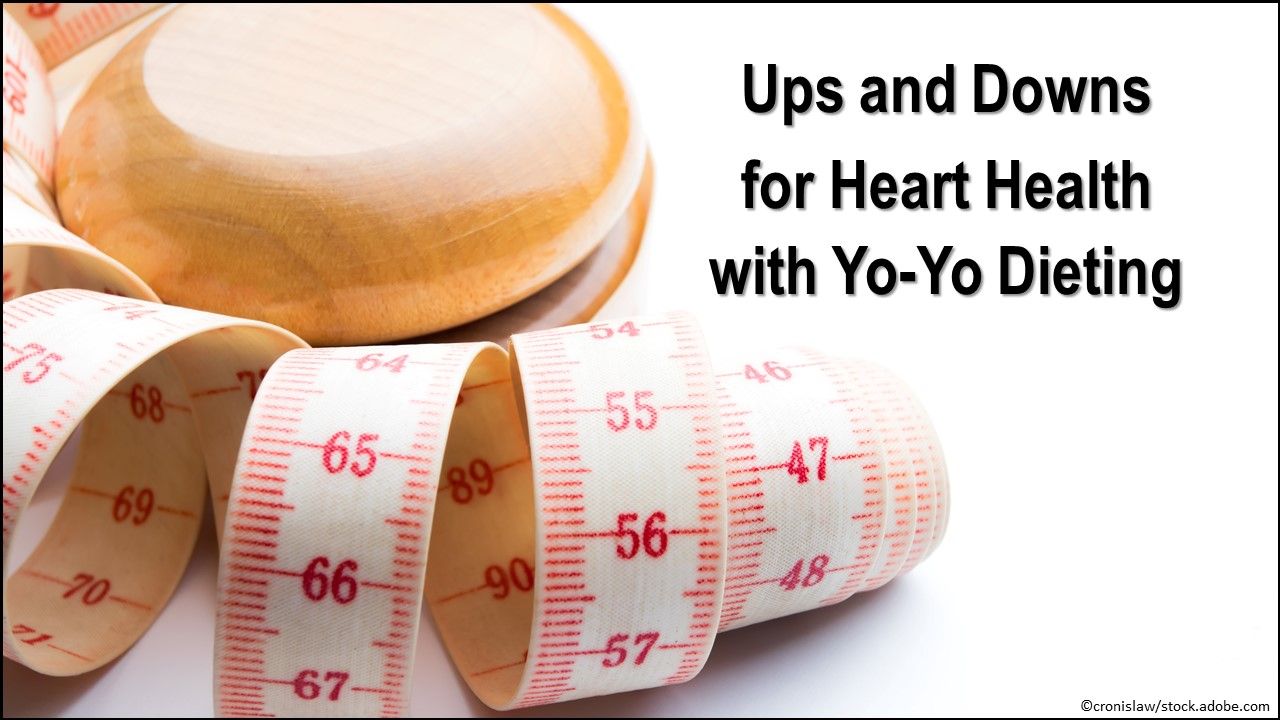© 2025 MJH Life Sciences™ , Patient Care Online – Primary Care News and Clinical Resources. All rights reserved.
What’s New in Cardiovascular Disease
As the new year begins, several developments in heart health research are making the news.

Statins riskier than previously thought, diabetes drugs may increase heart disease risk, opioids contribute to rise in endocarditis-as the new year begins, these and other developments headline the latest news in cardiovascular disease (CVD) research.
Click through the slideshow above to find concise summaries of the latest research findings.

Statins riskier than previously thought. Statins used for primary prevention of CVD in a quantitative benefit–harm balance modeling study provided net benefits at higher 10-year risks for CVD than are reflected in most current guidelines. The risk level at which net benefit occurred varied considerably by age, sex, and statin type. Younger men had net benefit at a lower 10-year risk for CVD vs older men and the risk required for net benefit was higher in women.

Diabetes drugs may increase heart disease risk. For adults with type 2 diabetes who initiated second-line antidiabetic medication (ADM) therapy, starting sulfonylureas or basal insulin treatment was linked with an increased risk of cardiovascular (CV) events vs newer ADM alternatives. Researchers suggested that clinicians consider prescribing glucagon-like peptide 1 receptor agonists, dipeptidyl peptidase 4 inhibitors, and sodium-glucose cotransporter 2 inhibitors more routinely after metformin.

Opioids contribute to rise in endocarditis. To the long list of opioids’ ill effects, add a surge of drug use–associated infective endocarditis (DUA-IE). In a 10-yearanalysis, DUA-IE hospitalizations and valve surgeries increased >12-fold, and close to half of IE valve surgeries were performed in patients who had DUA-IE. Surgical patients with DUA-IE were younger than other patients with IE and more often female and white. Hospital stays for DUA-IE were also longer (median, 27 vs 17 days).

Atherosclerosis pictures speak volumes. In the Visualization of Asymptomatic Atherosclerotic Disease for Optimum Cardiovascular Prevention trial, researchers assigned patients to an intervention (pictorial representation of carotid ultrasound and a nurse phone call) or control group (not informed). They found that ultrasound-based pictorial information about subclinical carotid atherosclerosis that targets both primary care physicians and their patients can improve adherence to prevention guidelines.

CV risk rises with too little sleep, and too much. Estimated total sleep duration of 6 to 8 h/d isassociated with the lowest risk of deaths and major CV events. Both shorter (≤6 h/d) and longer (>8 h/d) estimated total sleep durations are associated with an increased risk when adjusted for age and sex. Daytime napping is associated with increased risks of major CV events and deaths in those with >6 h of nighttime sleep, but not in those sleeping ≤6 h/night.

STEMI care improves with regional systems. Quality of care for patients with STâsegment–elevation myocardial infarction (STEMI) improved over the first 5 years of the American Heart Association's Mission: Lifeline® program, a national campaign aimed at improving regional systems of care. Improvements included increased use of reperfusion therapy and faster timesâtoâtreatment. Inâhospital mortality improved for patients without cardiac arrest, but did not appear to improve overall.

Hepatitis C virus infection raises CVD risk. The average Framingham Risk Score in hepatitis C virus (HCV)-positive patients was significantly higher than in HCV-negative patients (“intermediate” 10-year CVD risk [10%-20%] vs “low” 10-year CVD risk [≤10%]) in a cross-sectional study. HCV infection was significantly associated with a 2.5% to 3.5% absolute risk increase of 10-year CVD. The expansion of anti-HCV therapy may contribute to reduced CVD risk and burden in patients with chronic HCV infection.

Ups and downs for heart health with yo-yo dieting. Because adherence to healthy eating patterns (HEPs) often does not last long, researchers investigated how a fluctuating diet-adopting, abandoning, and readopting HEPs (HEP cycling)-affects CVD risk factors. In their study, HEP cycling improved, worsened, and again improved the risk factors. The researchers recommended encouraging patients to consistently consume a HEP for CV health and, if a first attempt is unsuccessful, try again.



